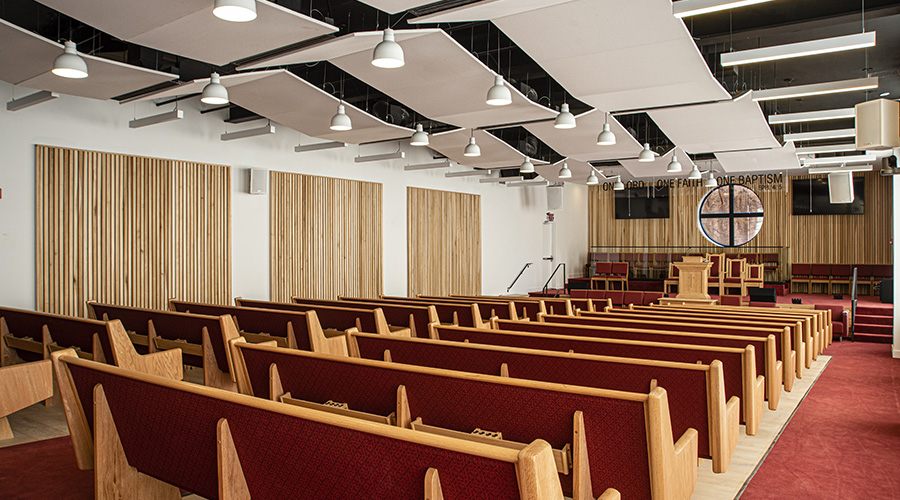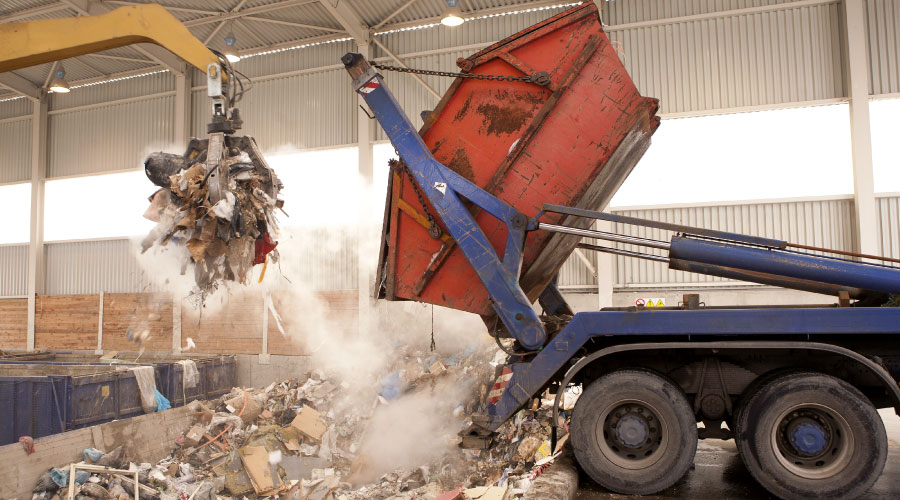AIA's Nonresidential Construction Activity Forecast Remains At Historically Low Levels
The outlook for Nonresidential construction remains bleak, according to the latest forecast released by the American Institute of Architects (AIA).
The outlook for Nonresidential construction remains bleak, according to the latest forecast released by the American Institute of Architects (AIA).
Following consecutive months with record low scores, with AIA's Architecture Billings Index (ABI) moved up only very modestly, signifying that the design industry remains mired in a steep downturn.
The ABI reflects the approximate nine to twelve month lag time between architecture billings and construction spending. AIA reported the December ABI rating was 36.4, up from the 34.7 mark in November.
A year ago, the score stood at 55.4, a drop of 66 percent.
Any score above 50 indicates an increase in billings, according to the AIA. The inquiries for new projects score was 37.7.
“The inability to get financing for construction projects is a key reason that business conditions continue to be so poor at design firms,” says AIA Chief Economist Kermit Baker. “It will be important to see what the proposed economic stimulus package includes that is geared towards the construction industry, and how quickly developers who have had to put projects on hold can get them moving again.”
Regional Averages:
West 36.8
South 35.5
Midwest 35.5
Northeast 34.4
Sector Index Breakdown:
Mixed practice (45.1
Institutional (39.3),
Multi-family residential (30.0),
Commercial / industrial (28.1)
Project inquiries index: 37.7
About the AIA Architecture Billings Index
The Architecture Billings Index is derived from a monthly “Work-on-the-Boards” survey and produced by the AIA Economics Market Research Group. Based on a comparison of data compiled since the survey’s inception in 1995 with figures from the Department of Commerce on Construction Put in Place, the findings amount to an economic indicator that provides an approximately nine to twelve month glimpse into the future of nonresidential construction activity.
Related Topics:










